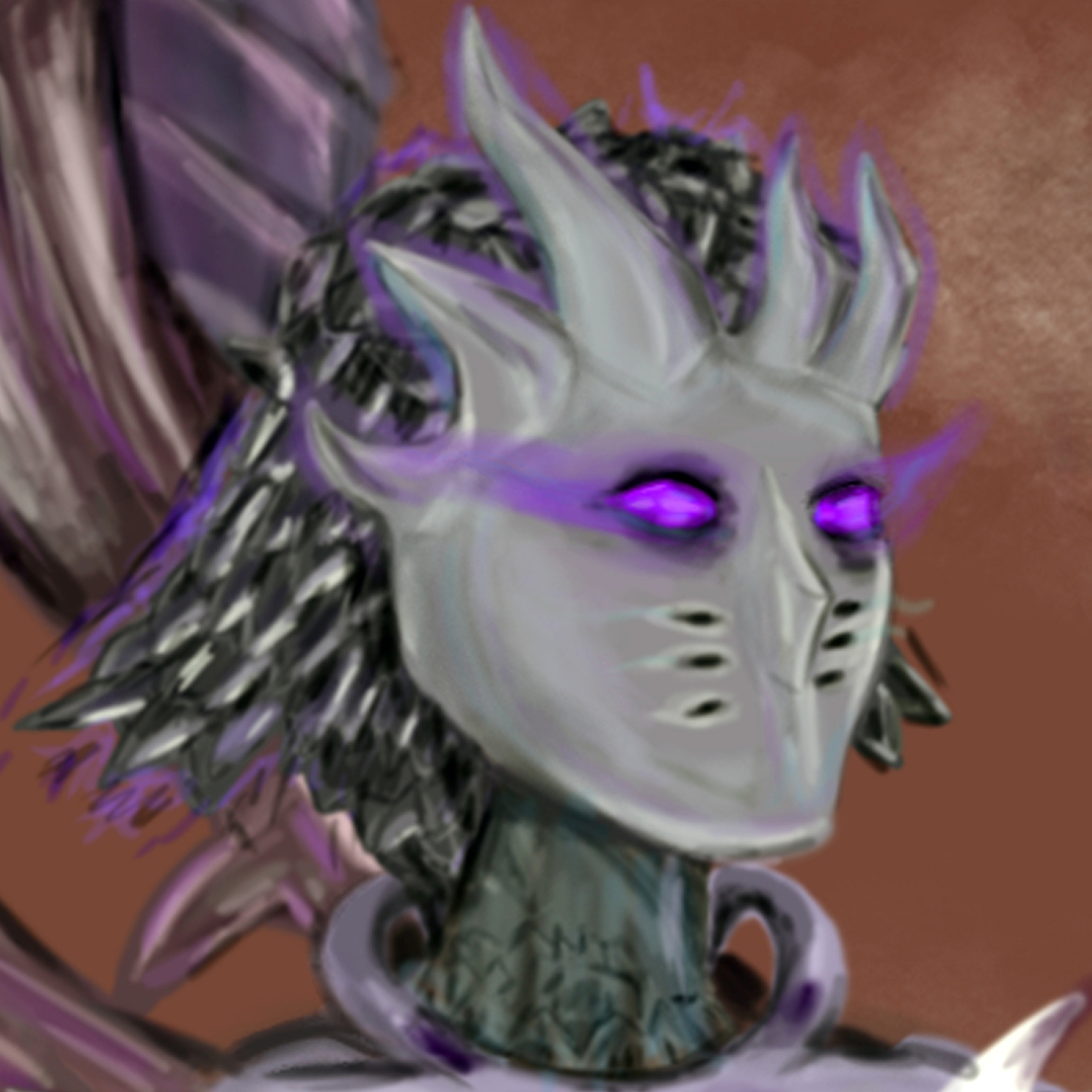Yarír Arídíb
Archer's Hide and Seek
Sargeant Hawkeye hurriedly jumped from branch to branch in the trees. With only a few minutes were left, he'd have to return to the flag soon. He had found six targets so far and hit all of them in the bull's eye. Just a few trees further would be the perfect shooting location for his seventh target, he had seen it being placed there in the last phase. He nocked the arrow while running, raised his bow during the final jump and— The target was gone. He cursed. Someone had moved it. He'd have to go search it. Or he could return to the flag. The target was worth more points than the time but he'd rather not risk going overtime.
History
Yarír Arídíb (which roughly translates to archer's hide and seek) is a popular elven sport.
It originally started as a training exercise for city guards to test their capabilities in climbing, hiding, tactics and shooting with a bow.
As soldiers on leave boasted about their scores in those training sessions in taverns, the general public gained interest and it developed into the sport it is today.
However, it is still also used in military training.
Execution
A game of Yarír Arídíb is played by a group of ten to twenty individual competitors in the middle of a forest.
Whoever scores the most points wins, but there are various ways to drop out early.
There are two important rules during the entire game:
- Don't touch the ground. All competitors are expected to climb through the forest trees and never touch the actual ground. If someone is caught doing so, he is immediately disqualified.
- If no one saw it... Competitors are explicitly allowed to break rules as long as no referee or other competitor notices. The only exception to this rule is physical violence, which is always forbidden.
The game starts in the centre of a forest at a location which is marked with a bright red flag.
All competitors choose a tree in the direct vicinity of the flag and climb onto one of its lower branches.
The remainder of the game is structured in two phases:
The Arí Phase (or the hide phase)
During this phase, the competitors are handed a shooting target.
These targets will be shot at in the second phase.
After the head referee announces the start of the round, the players have to place that target somewhere in the playing area.
The placement is of essence: It is beneficial to choose a location where it is hard to shoot. Displacing someone else's target is against the rules as is moving the own target after the end of phase one. However, moving the own target to a different location during phase one is allowed and a common tactic.
Besides, competitors want to place their target without their opponents noticing. At the same time, they, of course, want to spy on what their opponents are doing to create an advantage in the second phase. After exactly 10 minutes, everyone has to have returned to their starting tree. Who fails to comply, is disqualified.
The placement is of essence: It is beneficial to choose a location where it is hard to shoot. Displacing someone else's target is against the rules as is moving the own target after the end of phase one. However, moving the own target to a different location during phase one is allowed and a common tactic.
Besides, competitors want to place their target without their opponents noticing. At the same time, they, of course, want to spy on what their opponents are doing to create an advantage in the second phase. After exactly 10 minutes, everyone has to have returned to their starting tree. Who fails to comply, is disqualified.
The Díb Phase (or the seek phase)
During this second phase, the competitors are handed one arrow fewer than there are participants.
The arrows are marked so the referees can identify to which player they belong.
After the start signal, they have 20 minutes to find their competitors targets and shoot arrows at them.
Hitting it is worth one to five points, depending on how central the arrow hit.
At most one arrow may end up in each target, shooting the own target is against the rules.
New players oftentimes underestimate the tactical aspect of this phase and run straight towards all locations they know to shoot them. To the more advanced players, the mind games have only just begun: They try to follow other competitors who might know the locations of other targets while at the same time leading those who try to follow them astray.
Afterwards, everyone is to return to their starting tree once again. Every full minute a player arrives early gains him one additional point. Arriving late once again disqualifies the player.
In the end, the targets are retrieved and points added up to announce a winner.
New players oftentimes underestimate the tactical aspect of this phase and run straight towards all locations they know to shoot them. To the more advanced players, the mind games have only just begun: They try to follow other competitors who might know the locations of other targets while at the same time leading those who try to follow them astray.
Afterwards, everyone is to return to their starting tree once again. Every full minute a player arrives early gains him one additional point. Arriving late once again disqualifies the player.
In the end, the targets are retrieved and points added up to announce a winner.
Components and tools
The rules do not specify which tools are allowed or disallowed and every player brings their own gear.
Typical tools used include of course a bow, rope and climbing implements.
However, players have to keep in mind that additional gear adds additional weight which will slow them down.
Participants
Besides the competitors, there are two key roles:
The Head Referee
The head referee stays at the flag and is responsible for taking the time and announcing the winner after the game ended.
When played in the context of military training, he is usually the local chief of command.
The Personal Referees
Every player is assigned a personal referee that is responsible for making sure that player follows the rules.
Personal Referees are encouraged to try and hide their presence to challenge players to break the rules.
When played in the context of military training, the referees are typically drawn from a more experienced team of soldiers.





A serious game of hide and seek, I love it. I like how the sport really seems plausible as both an event and as a training exercise. It conveys a lot about the these Elfs in your world with such a nice event.
Thanks! That's exactly what I was going for.